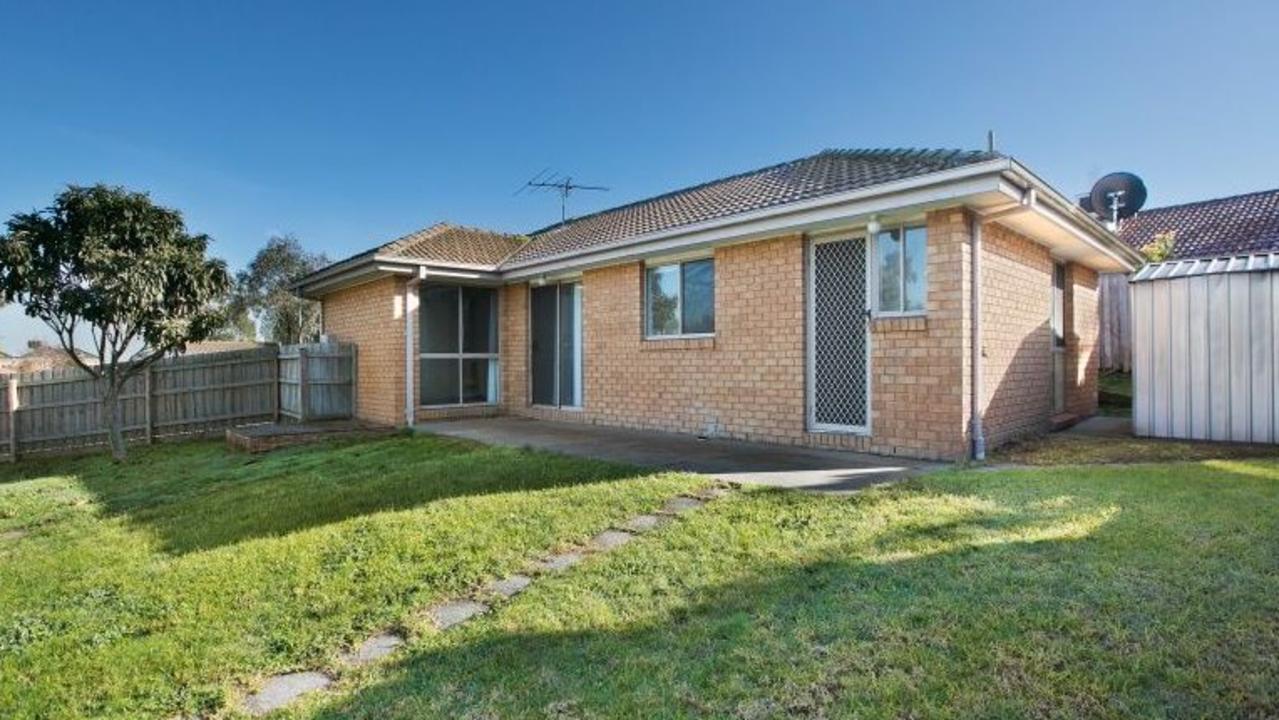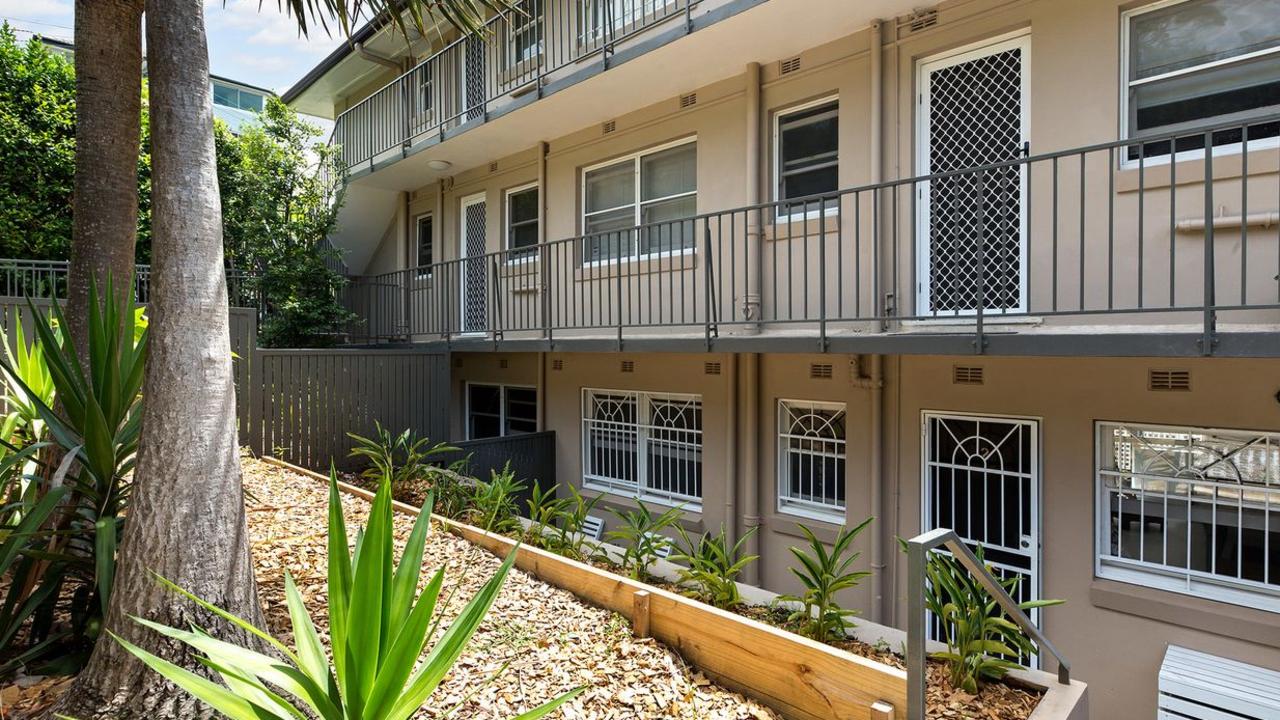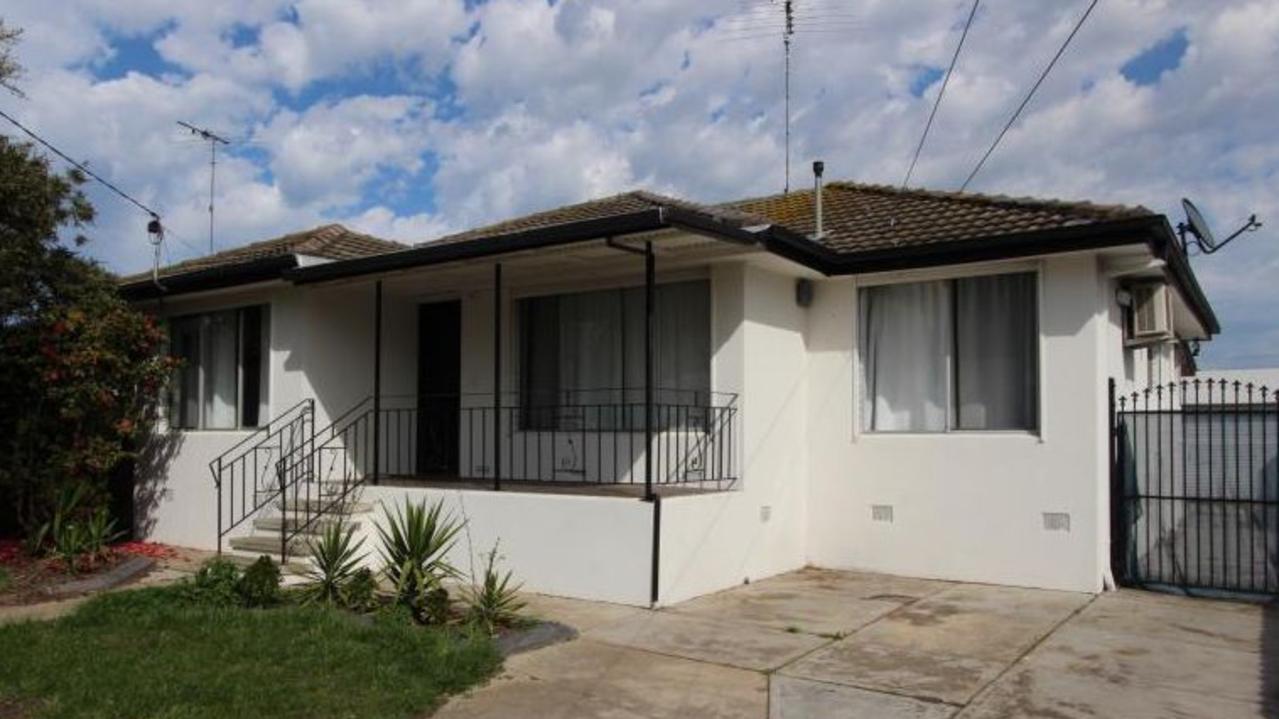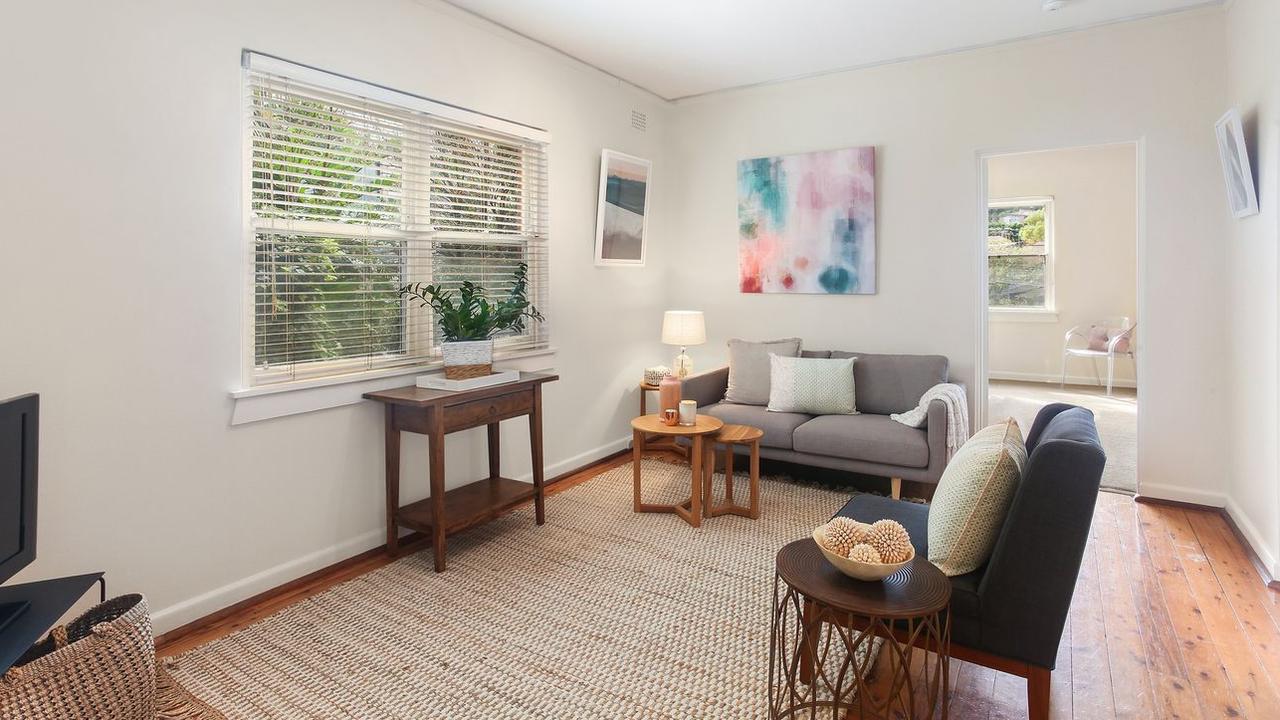Expert reveals the Australian suburbs investors should snap up — and avoid
These properties were sold within months of each other with very different price tags. Today, one has soared in value — and the other hasn’t.
When it comes to buying property, most of us believe homes in trendy, sought-after areas are more likely to explode in value over time.
But according to one Aussie real estate expert, the opposite is true — and that common trap is costing investors millions.
Daniel Walsh, from buyer’s agency Your Property Your Wealth, told news.com.au so-called “blue chip” properties were often not worth the investment in terms of capital growth.
He said many people who bought in exclusive areas ended up “biting off more property than they can financially chew” at the beginning of their journeys — when affordable options often had a much better return.
To prove his point, Mr Walsh cited the example of a three-bedroom home on Pinewood Drive in Carrum Downs in Victoria.
That house was sold in 1998 for $91,000, an affordable price point in those days given the median house price in Melbourne was about $155,000.

Mr Walsh snapped it up himself in 2016 for $345,000, and today it’s worth around $550,000 — six times its cost 21 years ago.
“That is an amazing return for a property that was probably viewed as being somewhat ‘inferior’ back in the day,” he said.
Mr Walsh compared that property’s growth with another that was bought in Coogee — one of the country’s most desirable suburbs — around the same time.
Back then, a two-bedroom unit just one street back from the beach sold for $315,000.
The median unit price in Sydney was then about $228,000, so it was still considered to be expensive for the time.

It recently sold for $825,000 — but while that dollar value looks impressive at first glance, Mr Walsh said the apartment had only increased in price 2.6 times over the same period.
“The thing is, the capital growth on the property over that period of time was far less than the more affordable property bought at the same time in Carrum Downs,” he said.
“You could have bought nearly four houses in Carrum Downs for the same price as the one unit in Coogee in 1998 and today have equity of about $1.5 million.
“At the end of the day, it was the more affordable property that realised the most capital growth over 21 years.”
Mr Walsh said that trend was seen again and again during comparisons of blue chip and less desirable properties bought at similar times.
For example, another home in modest Norlane in Victoria sold for $85,000 in 1994 but is now worth $450,000, equating to 5.5 times growth.

Meanwhile, another apartment in Sydney’s ritzy Neutral Bay sold for $240,000 in 1995 and recently sold for $825,000, growing just 3.4 times the original price.
Mr Walsh said house prices in already-expensive areas could only climb so far before flattening out — while cheaper areas had much more room for growth.
“When I started comparing to see what had happened, I noticed that, generally, when you look at areas like Coogee and Bondi (in Sydney), you’re coming from a higher base (price) — they’re more expensive to buy, and so those properties have a ceiling when it comes to how much property prices can go up before wages can’t support it,” he said.
“But affordable properties have the capacity to grow so much more.
“And first homebuyers, downsizers and everyday, blue-collar Aussie workers can jump in because even today they are still affordable — you can go buy a property in Carrum Downs now, for example, for $550,000, but you can’t do that with a two-bedroom apartment in Bondi.”

Mr Walsh said those examples proved areas with “achievable” price tags often ended up realising the most capital growth.
“As we all know, (when there is) more demand than supply, it pushes up prices, so when you have a property that is affordable to the many, rather than the few, capital growth usually follows,” he said.
“Across the country, there remains a plethora of affordable locations with solid capital growth potential over the medium to long term.
“The key is to know their whereabouts so you can buy with confidence and with a steady eye on the profitable years ahead.”
Continue the conversation @carey_alexis | alexis.carey@news.com.au




